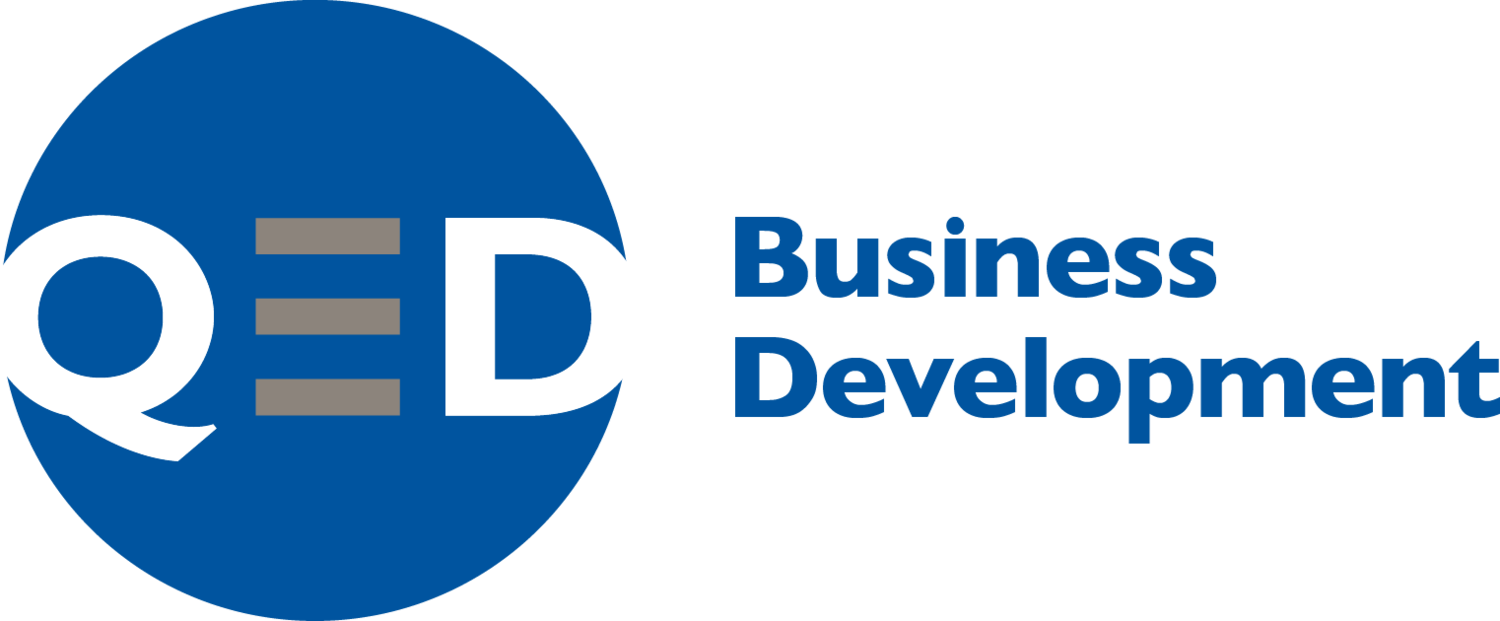I’ve seen many CVs and proposals and I can’t imagine the word count I’d have seen on the word ‘commercial’. It seems that every second person lays claim to being commercial. I ask you – what does that mean? Does it mean you’re decisive? No. Does it mean you’re timely? No. Does it mean you’re technically strong? No.
It means you understand the CLIENT’S economics (including their risk appetite) and are flexible enough with the way you interpret legal or accounting or regulatory impediments to enable the deal in front of you. If you can provide examples of that, as a buyer, I’m all yours!
I’ve also been asked to conduct multiple training sessions helping mid-level professionals better understand how to see things from a client’s perspective. So what are the drivers behind most client’s actions? Let’s assume firstly, that most clients have some internal capacity and capability to deal with problems that routinely occur in their business. So why would they go outside for help? They’d need to recognize either a capacity shortfall, for example, a seasonal overload of work that they need to complete in short timeframes, or they have acapability problem in that they don’t have the expertise to deal with a non-recurrent issue, for example, litigation.
But before either of these assessments are made, there is one that comes in as a first order of concern. What do you think it is?
I think the biggest order of concern an internal executive worries about each day (subconsciously), is:
‘What do I focus my attention on? Given the myriad problems bouncing off the system, the people coming into my office with their worries, and that ever constant concern that it might be the things I don’t see that I should be worried about – what do I choose to act on and what do I choose to accept without action?’
In other words, what is their risk profile? What are the important and urgent matters they need to deal with, and how do they choose what they are, and how they’ll deal with them?
As an adviser, you can help your clients enormously if you can take something off their desks that otherwise would not be addressed at all, or if addressed at all, in a timely-enough manner.
Today's BD tip:
So being commercial is all about understanding the client’s point of view, of acting as if you were the in-house professional, dealing with the issue given the client’s risk profile. Accountants typically have great tools to assist clients understand and articulate their risk appetite, using the frequency versus likelihood matrices embedded in their professional standards. The legal profession could improve its commercial standing with clients by taking a leaf out of those standards.
In one of my other posts (‘the fifth week of Christmas’), I suggested at least an annual meeting with your key clients to determine their risks and priorities. Use this time to understand the pressures and decision making processes in your client and you’ll go a long way to winning the work that they need done by outside providers who are genuinely commercial.
[First published on LinkedIn Nov 15 under the title 'The most overused term in business development is......?.....']

